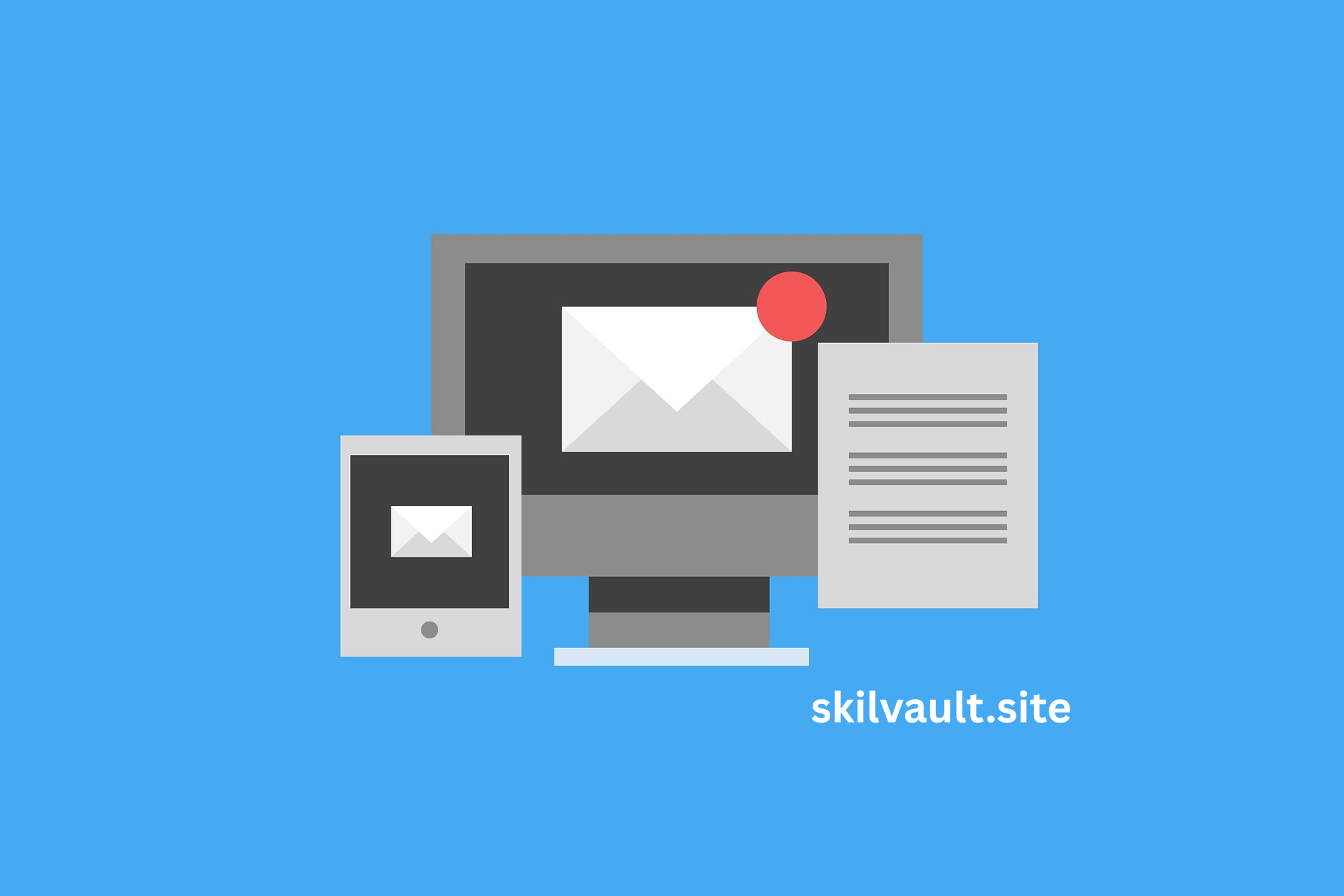The backbone of digital marketing, email marketing allows businesses to communicate with their target audience directly and affordably. It doesn’t matter how proficient you are at marketing; developing successful campaigns requires knowledge of email marketing methods. You will be able to effectively traverse this ever-changing sector with the help of this dictionary, which covers important phrases, defines them, and shows how they relate to email marketing techniques.

What is the Significance of Email Marketing Terms?
Before we go into the dictionary, let’s take a look at why understanding email marketing terminology is crucial. The foundation of efficient email marketing consists of these terms, as they allow businesses to track performance, share insights, and optimize results. Acquiring familiarity with this terminology can facilitate regulatory compliance, information evaluation, and the creation of engaging material for readers. Anyone interested in learning more about email marketing should have this book on hand at all times.
A Glossary of Email Marketing Terms
1.Split testing:
At its core, A/B testing—also known as split testing—involves sending two copies of an email to different demographics to identify which one performs better. For instance, you may try out a number of different subject lines or CTA buttons. Maximizing conversions and open rates is made easier with this.
2.BounceRotation
There are two types of bounces: soft bounces, which are temporary issues like overflowing inboxes, and hard bounces, which are the percentage of unanswered emails caused by invalid email addresses. Keeping tabs on bounce rates might help you keep your email list in good standing.
3.CTAs, or calls to action
An example of a call to action (CTA) might be “Shop Now” or “Download the Guide.” These signals urge the listener to do a certain action. To increase engagement and conversions, effective calls to action are brief, engaging, and related to the purpose of the email
4.Implement CAN-SPAM.
Requirements for clear opt-out processes and exact sender identity are part of the U.S. CAN-SPAM Act’s recommendations for business email. Sticking to this control is crucial to keeping the audience’s confidence and staying out of penalties.
5.The CR (click-through rate)
Use click-through rate (CTR) to find out what percentage of email recipients really clicked on a link. The calculation is based on the ratio of opened emails to total delivered emails. High CTRs are a sign of excellent calls to action and captivating content.
6. Rate Conversion
The conversion rate refers to the proportion of email recipients who complete the desired action (like completing a form or making a purchase) following their click on the email link. It is much simpler to gauge the campaign’s overall success by monitoring conversion rates.
7. Two voluntary
Double opt-in typically asks customers to click a link in a confirmation email to ensure that the email address they provided during registration is authentic. This method ensures a premium email list while decreasing spam complaints and confirming user demand.
8. Communication via Robots
It is possible to automate the sending of emails in reaction to certain occurrences, such as a user registering or a transaction being abandoned, using software. Saving time and providing rapid, tailored interactions with customers is possible with automation.
9. Email Sendability
Deliverability is the rate at which an email reaches its intended recipient’s inbox rather than the spam or trash folder. List hygiene, content quality, and sender credibility are determinants of deliverability.
10.Breaking down email databases
We segment your email list based on demographics, purchasing habits, or engagement levels. Emails sent in a split list format are more engaging and useful.
11.A difficult bounce
An ongoing issue, such as an invalid or nonexistent email address, causes a hard bounce. Consistently cleansing your list may help keep deliverability high and costly bounces low.
12: The Uncounted
The ratio of email opens to total sends is known as the open rate, or the percentage of recipients that click on a link in an email. Raising open rates is possible with well-crafted sender IDs and subject lines.
13. Involvement
Consumers “opt in” when they knowingly and willingly choose to receive emails from a brand. Single opt-in only requires registration, while double opt-in includes an additional confirmation step.
14. Choose not to participate.
Senders may stop their recipients from getting emails by using the “opt-out” or “unsubscription” feature. Legislation such as the CAN-SPAM Act mandates the inclusion of an obvious opt-out link, which instills more confidence in your audience.
15.Customization
Customization involves tailoring each email to each recipient based on data such as name, interests, or activities. Sending personalized emails makes content more relevant, which in turn increases interaction.

16. Act-Reactive Building
The responsive design ensures that emails look appealing on all devices, including desktops, tablets, and smartphones. The importance of responsive design to user experience cannot be overstated, since a large portion of email opens occur on mobile devices.
17. Sender Characteristics
To establish a score, email providers consider variables such as interactivity, sender reputation, and bounce rates (complaints of spam). Improving the sender’s reputation may increase deliverability.
18. A Calm Bounce
When an email misses due to transitory issues like a server outage or a congested inbox, it is called a soft bounce. Any deliverability concerns may be identified by watching for soft bounces.
19. A complaint about spam
When someone receives an email and determines that it is spam, they may file a spam complaint. It is important to send appropriate, permission-based communications since high numbers of spam complaints could harm sender credibility and delivery.
20. Transacting business using email
When a user performs actions such as confirming a purchase or changing their password, the system generates transactional emails. The opportunity to increase customer trust in the company is presented by the high open rates of these emails.
Efficient word choice for email marketing campaigns:
Keeping an eye out for these email marketing words will help with project planning, tracking, and optimization. By following these rules:
Use A/B testing to maximize the effectiveness of marketing. Check out the subject lines and calls to action to see which ones get the most clicks.
Eliminate hard bounces from your clean email list and monitor the sender’s reputation.
Using segmentation and personalization to provide relevant information may boost open and click-through rates.
Avoid penalties and follow laws like the CAN-SPAM Act to preserve your audience’s trust.
You may save time and work by planning automated welcome emails, cart abandonment, or re-engagement campaigns.
The Most Effective Methods for Sending Out Emails
To make your email marketing campaigns more search engine friendly, use these strategies:
To increase the number of opens, utilize brief, call-to-action subject lines.
Mobile optimization should be prioritized by ensuring that emails are responsive for customers using mobile devices.
Keep an eye on metrics like open, click-through, and conversion rates to see how well your efforts are doing.
Monitoring your email list is crucial. Keeping deliverability high requires removing inactive users and those with very high bounce rates.
If you want to improve your email’s components and get better results, you may employ A/B testing.
Conclusion
If you want to create compliant, entertaining, and successful campaigns, you have to pick up the terminology used in email marketing. A strong understanding of sender reputation, bounce rate, and A/B testing will determine the direction of development of results-driven initiatives. This vocabulary will enable you to achieve your goals—boost conversions, increase open rates, or preserve a good sender’s reputation. Using these terms, trying new ideas, and keeping current events can help your email marketing strategy be stronger.
